Delicious Looking Food Photography: Tips to Make Your Dishes Irresistible

In the digital landscape where social media is king, food is more than sustenance; it's a form of visual entertainment. That delectable photo of a gooey chocolate cake or a mouth-watering steak can have an enormous impact on your personal brand, your restaurant's reputation, or your blog's readership. However, capturing that perfect shot is easier said than done. What makes food look scrumptious in photographs? How do you transform a regular dish into a star of the screen?
This article delves into the nuanced world of food photography, offering both beginners and seasoned professionals key insights into making your food photos look absolutely delicious.
Understand the Importance of Lighting
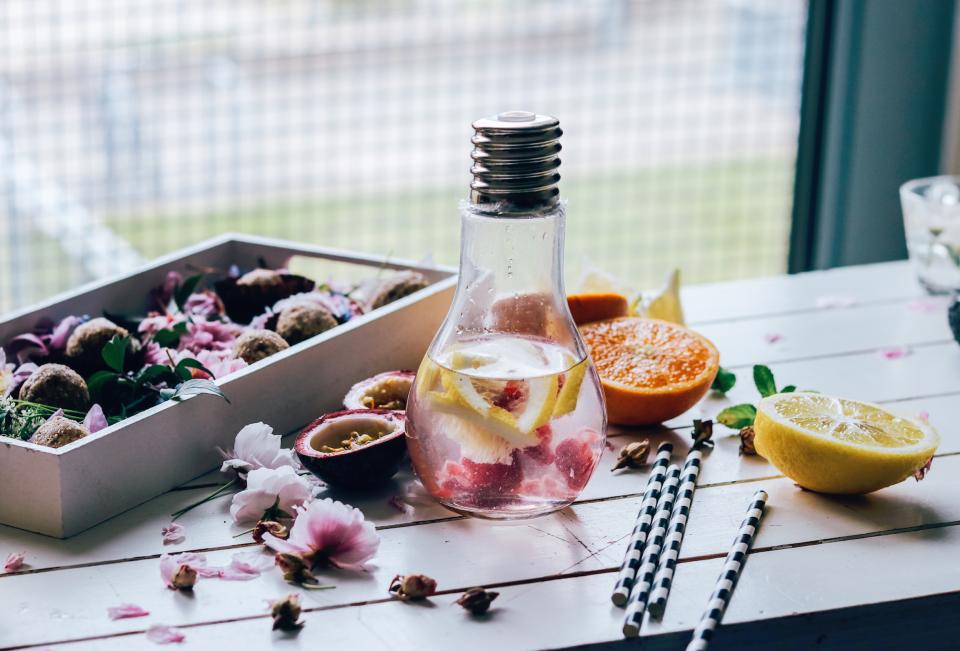
Natural Light Is Your Best Friend:
The power of natural light in food photography cannot be overstated. Unlike artificial lighting, which often distorts colors and creates unnatural shadows, natural light brings out the true colors of your food. Aim to shoot near large windows, preferably where the sunlight is soft and diffused. Sheer curtains can also serve as excellent diffusers.
Time of Day Matters:
Don't underestimate the impact of the time of day on your shots. The golden hour, which occurs shortly after sunrise and before sunset, offers a kind of soft, glowing light that can add a magical touch to your food photos. During these hours, the sun's rays are diffused through the atmosphere, creating an ethereal, dream-like quality that's perfect for making your dishes look heavenly.
The Role of Composition
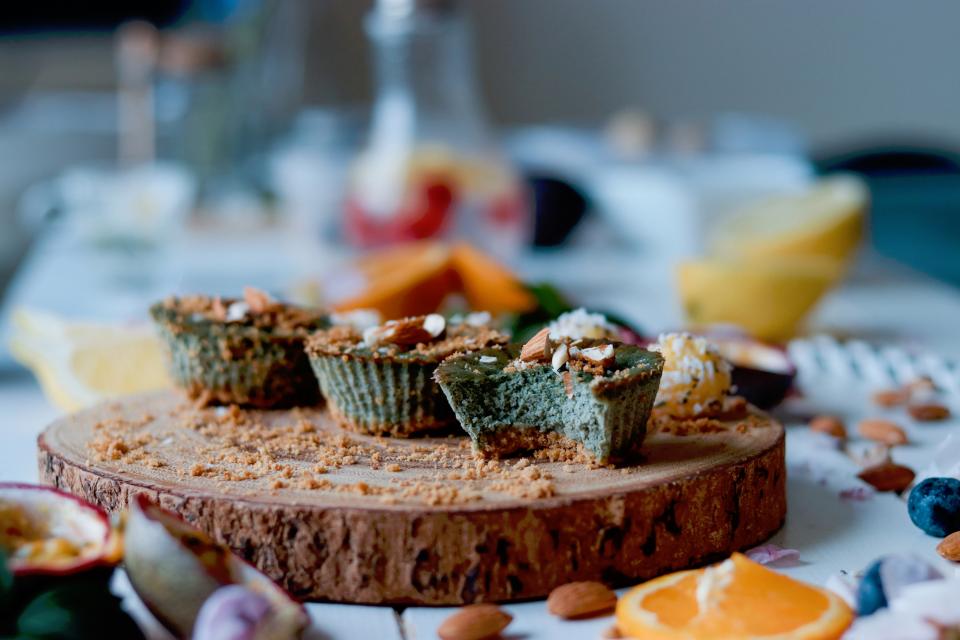
The Rule of Thirds:
One of the foundational rules in photography, the rule of thirds, applies directly to food photography. By mentally dividing your frame into a 3x3 grid and placing key elements along these lines or at their intersections, you can achieve a visually appealing, balanced image that draws the viewer's eye to the subject.
Angles and Perspectives:
Different dishes require different angles. For example, flat dishes like pizzas or salads usually benefit from an overhead shot that captures all elements. On the other hand, layered or stacked foods like burgers and cakes are best captured from the side to showcase their vertical structure. Experimenting with angles can help you find the most flattering perspective for each dish.
Focus on the Food
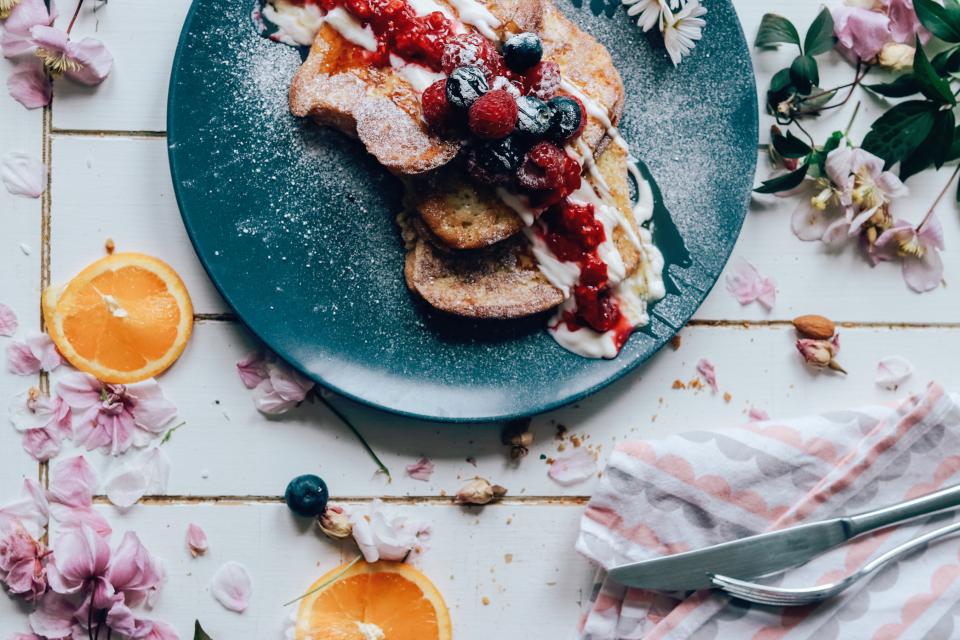
Depth of Field:
A shallow depth of field isolates your subject from the background, making the food the sole point of focus. This is especially beneficial in close-up shots where you want to highlight specific textures and details.
Texture and Details:
Details make a difference. The glistening of oil on a piece of grilled fish, the steam from a bowl of hot soup, or the fine sugar crystals on a freshly baked donut can elevate your photo from good to fantastic. A macro lens or a zoom feature can help capture these details beautifully.
Props and Background
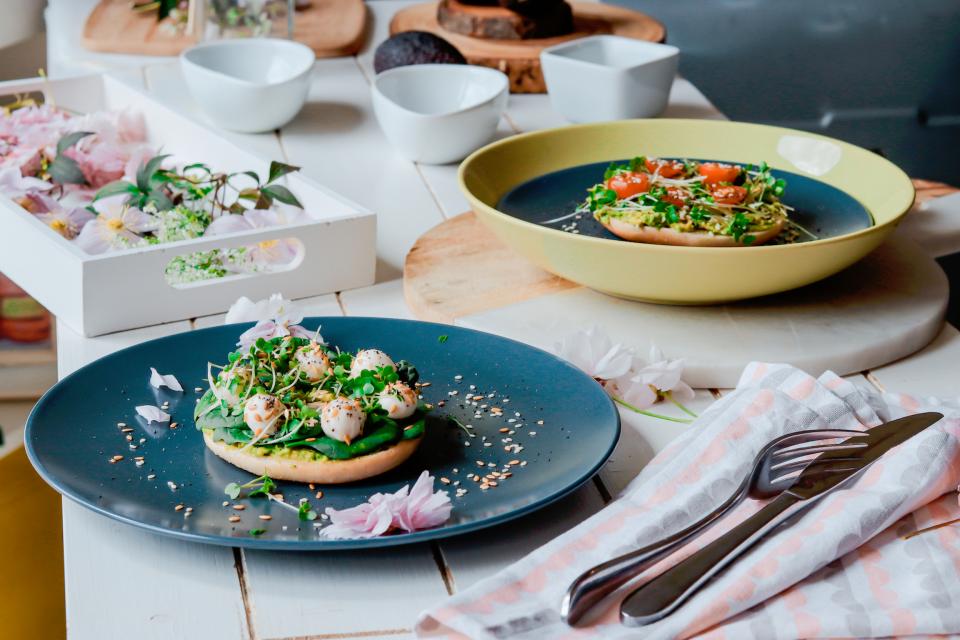
Keep It Simple:
Your background and props should serve the food, not distract from it. Simple tablecloths, rustic wooden boards, or a plain countertop can often provide the perfect canvas for your culinary masterpieces.
Color Coordination:
Food not only has to taste good but look good. Choosing a color palette that complements your dish can add an additional layer of allure. Think of a fresh green salad on a rustic brown plate or a bright orange pumpkin soup in a deep blue bowl.
Potential Pitfalls to Avoid
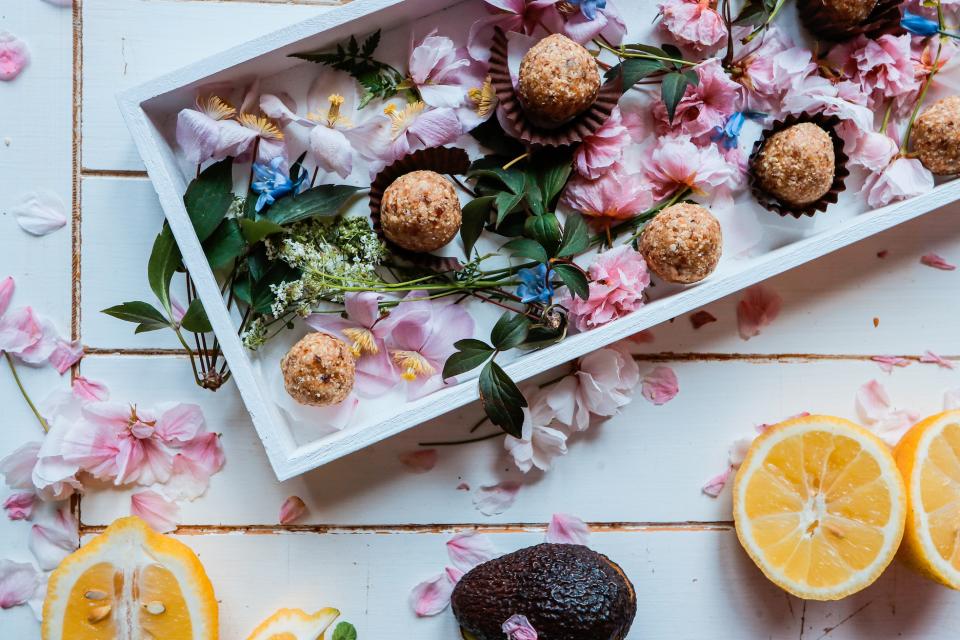
Over Editing:
Editing should enhance the photo, not turn it into an artificial version of the dish. Maintain the food's natural textures and colors during the post-processing phase to keep it looking appetizing.
Ignoring Plating:
Before you even lift your camera, pay attention to how the food is presented. A haphazard or messy plate can ruin a photo before it's even taken. Good plating practices can turn even a simple dish into a work of art.
Best Practices for Delicious Looking Food Photography
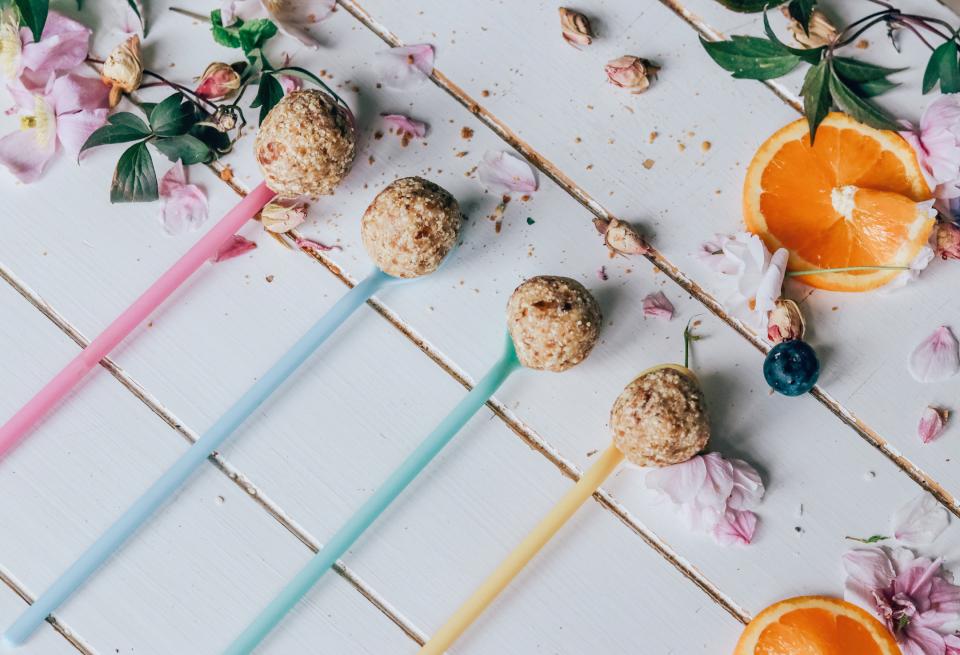
1. Utilize Natural Light:
Natural light gives you the best color accuracy and avoids the harsh shadows that artificial lights often produce.
2. Apply the Rule of Thirds:
Use this classic composition rule to place your food in a visually pleasing position within the frame.
3. Experiment with Angles:
Different dishes shine at different perspectives. Be versatile and try shooting from various angles.
4. Use a Shallow Depth of Field:
A low f-stop number will focus on your dish and blur out distracting backgrounds.
5. Focus on Texture and Details:
The droplets of a refreshing drink or the steam of a hot dish can add a layer of realism that makes your photos pop.
6. Keep Backgrounds and Props Simple:
Your food is the star. Don't let cluttered or busy backgrounds take the spotlight away from it.
7. Mind the Color Coordination:
Colors can evoke moods and appetites. Use them wisely to complement your dish.
8. Avoid Over-Editing:
It's easy to go overboard with filters and adjustments. Keep editing minimal to maintain the food's natural appearance.
9. Don't Ignore the Plating:
Presentation matters. A well-plated dish can save you a lot of post-processing time and elevate the quality of your photograph.
Capturing a delicious-looking food photograph is an art that goes beyond just a click of the camera. It's about understanding light, mastering composition, focusing on the details, and treating your food as the star of the show. The journey toward the perfect shot may require patience and practice, but the results are often rewarding and, let's be honest, incredibly appetizing.
So the next time you're faced with a plate of something scrumptious, remember that you're not just feeding your stomach—you have an opportunity to feed your creativity as well. Go ahead, make your culinary creations come to life through your lens.